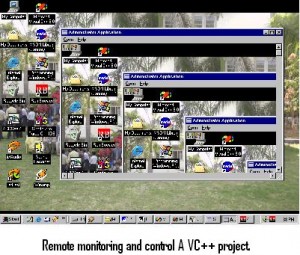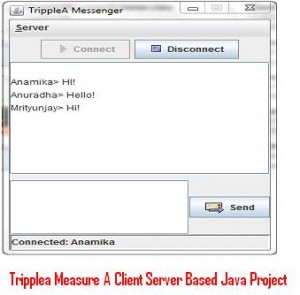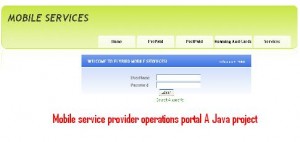Voice Over Internet Protocol Btech Seminar: The Rendezvous Controls are a set of COM components which abstract the concept of a conference directory. It provides a method to advertise and discover new multicast conferences, also provide a common schema (SDP) for conference announcement, encryption, scriptable interfaces, authentication, and access-control features.
The Rendezvous controls hold the conference information on an ILS Conference Server in such a format that it is defined by the Session Description Protocol (SDP), an IETF standard for announcing multimedia conferences. The main purpose of this protocol is to publicize information about a conference like time, media, and location information to users for participation.
With respect to data traffic, multimedia streams, used in IP telephony or videoconferencing, has bandwidth sensitive and delay sensitive for imposing unique quality-of-service (QoS) which demands on networks which carry them. Multimedia depends on bandwidth, latency, jitter, and coexistence. QoS has benefits such as support for real-time multimedia applications, assurance of timely transfers of large amounts of data, and the ability to share the network.
The mechanisms included in QoS are Resource Reservation Protocol (RSVP), Local Traffic Control, Packet Scheduling, 802.1p, appropriate Layer-2 signaling mechanisms, and IP Type of Service and DTR header settings.
TAPI 3.0 is designed to scale from the smallest business to the largest organizations with the advantage of the Windows 2000 Active Directory. The enterprise layouts with two sites connected through the Internet are the ILS Dynamic Directory Servers and the ILS Dynamic Directory Conference Server, providing functionality for multiparty conferencing and point-to-point
Conclusion:
IP telephony is a set of emerging technologies which enables video collaboration, voice, and data on IP-based LANs, WANs, and the Internet. TAPI 3.0 is an API which supports convergence of PSTN telephony and telephony over IP networks. IP telephony enables organizations and users to lessen the costs of existing services like voice and broadcast video.
Download Voice Over Internet Protocol Btech Seminar.



